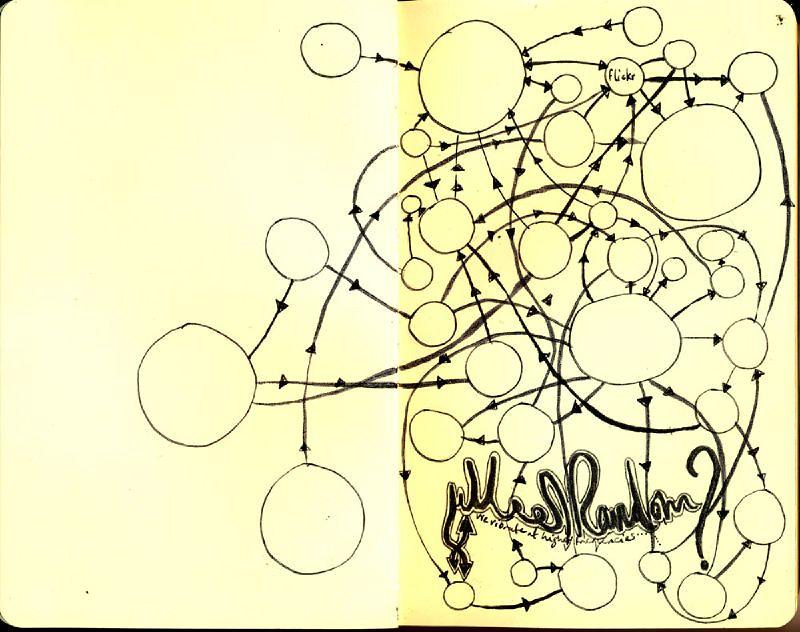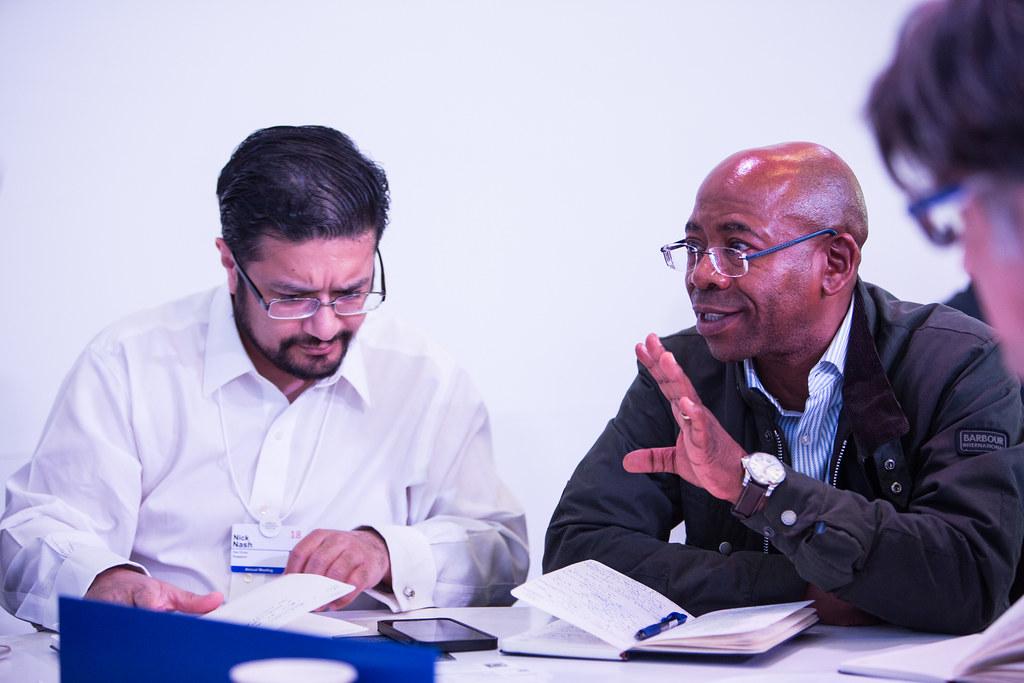In the vast expanse of the universe, where chaos and order dance in a delicate balance, there exists a remarkable concept known as Gaia Theory. Within this theory lies a captivating concept called Daisy World, a hypothetical world where simplicity intertwines with complexity in a mesmerizing harmony. Join us on a journey through the wondrous realm of Gaia Theory’s Daisy World, where the beauty of nature’s systems unfolds in a symphony of life and equilibrium.
Table of Contents
- Understanding Gaia Theory and Daisyworld
- Exploring the Interconnectedness of Life and Climate
- Harnessing the Power of Feedback Mechanisms in Ecosystem Regulation
- Implementing Sustainable Practices Inspired by Gaia Theory
- Q&A
- Future Outlook
Understanding Gaia Theory and Daisyworld
Gaia Theory and Daisyworld present intriguing concepts that delve into the intricate relationship between life and the environment. At the core of Gaia Theory lies the idea that Earth functions as a self-regulating system where living organisms and their surroundings interact to maintain conditions suitable for life. This hypothesis challenges conventional views of Earth as a passive planet and suggests a more interconnected and dynamic perspective of our home in the cosmos.
Daisyworld, a theoretical model introduced to illustrate Gaia Theory, uses the metaphor of daisies to showcase how organisms can contribute to environmental stability. In Daisyworld, white and black daisies adjust their population based on the amount of sunlight received, showing how lifeforms can influence climate variables. This playful yet profound model sparks contemplation on the intricacies of biodiversity and its role in maintaining planetary equilibrium. Embracing these theories opens up a world of wonder and introspection regarding the delicate balance between life and the world we inhabit.
Exploring the Interconnectedness of Life and Climate
In the intricate tapestry of life on Earth, the concept of interconnectedness shines brightly through the lens of the Gaia theory. Imagine a world where every organism plays a crucial role in maintaining the delicate balance of our planet’s climate. This holistic view of Earth as a self-regulating system, proposed by James Lovelock, illustrates how life and climate are deeply intertwined in a harmonious dance of reciprocity.
Enter Daisy World, a theoretical model that embodies the essence of Gaia theory. On this whimsical planet, daisies hold the key to stabilizing temperature fluctuations through their color and growth patterns. As the sun’s intensity varies, the daisies respond accordingly, either absorbing or reflecting sunlight to maintain an optimal climate. This elegant mechanism showcases the beauty of nature’s adaptive intelligence, where even the simplest of organisms contribute to the greater good of the entire ecosystem. Life and climate, two threads intricately woven together, showcasing the profound wisdom embedded in the fabric of our existence.
Harnessing the Power of Feedback Mechanisms in Ecosystem Regulation
Within ecosystems, feedback mechanisms play a crucial role in maintaining balance and harmony. These mechanisms, whether positive or negative, are intrinsic to the intricate web of interactions that govern the delicate equilibrium of nature. By understanding and harnessing these feedback loops, we can unlock the power of self-regulation within ecosystems, allowing them to adapt and thrive in ever-changing environments.
Key Points:
- Feedback mechanisms are vital for ecosystem stability.
- Positive and negative feedback loops influence ecosystem dynamics.
- Understanding these mechanisms is essential for sustainable ecosystem management.
In the realm of ecosystem regulation, the concept of “gaia theory daisy world” emerges as a fascinating exploration of interconnectedness and co-evolution. This hypothetical world, where daisies and environmental conditions coalesce in a delicate dance of feedback mechanisms, highlights the intricate relationships between organisms and their environment. Through the lens of gaia theory daisy world, we gain insight into the interplay of feedback loops that shape ecosystems, emphasizing the significance of balance and adaptation for ecological resilience.
Implementing Sustainable Practices Inspired by Gaia Theory
involves embracing the concept of a self-regulating system where all components work together to maintain balance and harmony. Just like in the hypothetical “Daisyworld” model proposed by James Lovelock and Andrew Watson, where white and black daisies coexist and regulate the planet’s temperature through a feedback loop, businesses and individuals can adopt similar principles in their sustainability efforts.
In this ecological metaphor, the white daisies reflect sunlight to cool the planet, while the black daisies absorb sunlight to warm it. By mimicking this interplay of light and dark forces, organizations can implement strategies that reduce carbon footprint, promote renewable energy sources, and enhance biodiversity. Embracing the essence of Gaia Theory in practical applications can lead to a more sustainable future for all living beings on Earth.
Q&A
Q&A: Exploring the Intriguing Concept of Gaia Theory – Daisy World
What is Gaia Theory and how does it relate to Daisy World?
Gaia Theory proposes that the Earth functions as a self-regulating system, much like a living organism. Daisy World is a hypothetical world introduced to illustrate how life forms and environmental conditions can coexist and influence each other, aligning with the principles of Gaia Theory.How do daisies play a crucial role in Daisy World according to Gaia Theory?
Daisies in Daisy World represent a feedback mechanism where their color affects the planet’s temperature. Dark daisies absorb more sunlight, raising the temperature, while light daisies reflect sunlight, maintaining a cooler environment. This interaction demonstrates the delicate balance in nature proposed by Gaia Theory.What can we learn from the Daisy World model in the context of Gaia Theory?
Daisy World highlights the interconnectedness of life and the environment, emphasizing the importance of feedback loops and equilibrium. By studying this model, we can better understand how ecosystems adapt and evolve to sustain a harmonious relationship between living organisms and their surroundings.Are there real-world applications of Gaia Theory inspired by Daisy World?
While Daisy World remains a theoretical concept, its principles have influenced ecological studies and environmental management practices. By acknowledging the Earth as a complex, interconnected system, researchers and policymakers can develop strategies to promote sustainability and preserve biodiversity.How does Gaia Theory – Daisy World inspire us to rethink our relationship with the planet?
Gaia Theory challenges us to view the Earth not just as a collection of separate components but as a unified and interdependent entity. Through the lens of Daisy World, we are encouraged to recognize our impact on the environment and strive to contribute positively to the delicate balance of life on our planet.Future Outlook
As we dive deeper into the intricate web of Gaia theory and Daisyworld, we are reminded of the beautiful interconnectedness of our planet and the delicate balance that sustains life. Through the lens of this fascinating conceptual model, we glimpse a world where even the simplest elements can have profound effects on the entire ecosystem. Let us continue to marvel at the wonders of Gaia theory and Daisyworld, appreciating the intricate dance of life on this fragile blue planet we call home. Stay curious, keep exploring, and may the harmony of nature inspire us all to nurture and protect our shared Gaian oasis.



0 Comments